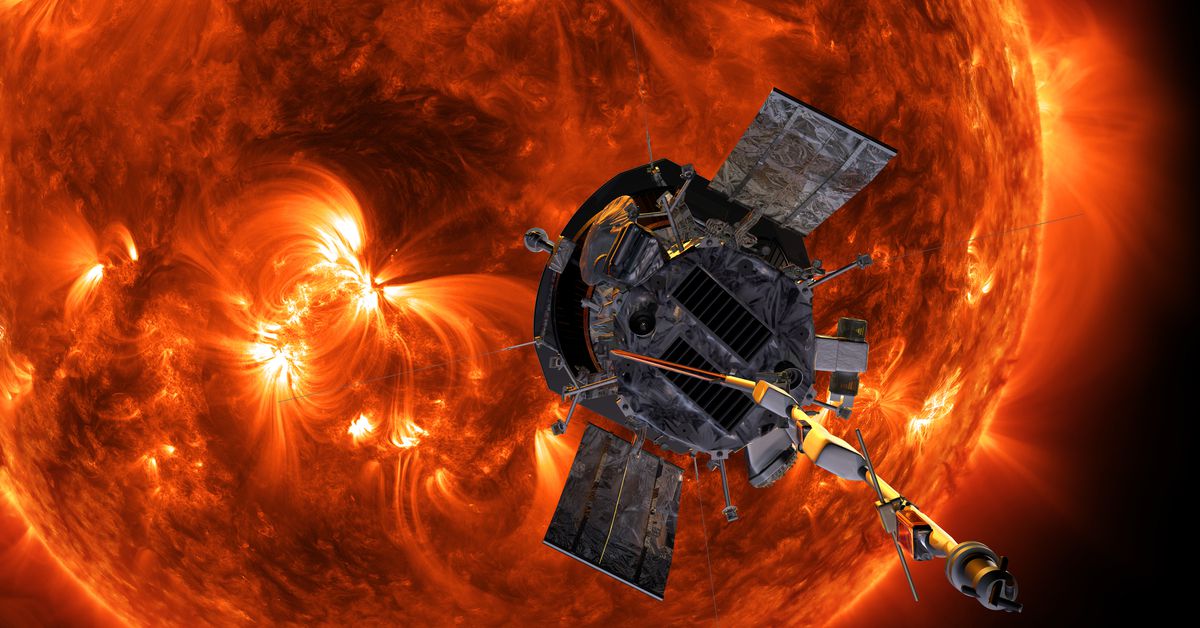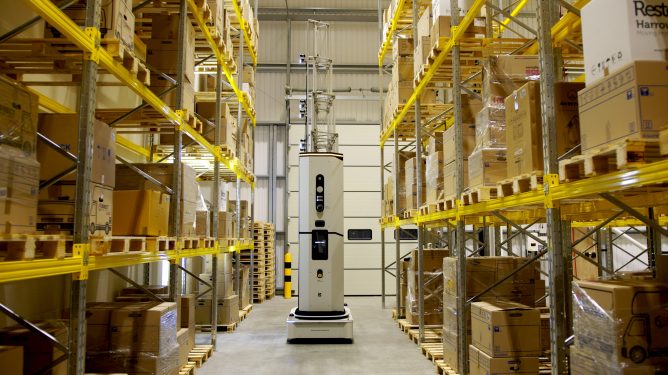The Closest Approach
On December 26, 2023, the NASA Parker Solar Probe transmitted a signal back to Earth, confirming its safe operation just moments before impact with the Sun at 3.8 million miles (6.1 million kilometers). This historic milestone marks the closest any human-made object has ever approached our star.
What Happened During Close Encounter
The probe, traveling at an impressive speed of 430,000 miles per hour (700,000 kilometers per hour), passed within 3.8 million miles of the Sun’s surface. This unprecedented proximity allowed scientists to capture unprecedented data on solar phenomena, including stellar wind and coronal mass ejections.
Challenges and Scientific Insights
Navigating such a tight trajectory required precise calculations to avoid disruption from the intense solar radiation. The probe’s advanced heat shield, designed to withstand up to 2,500°F (1,370°C), protected its instruments while the craft remained safely within Earth’s gravitational influence at just 85°F (-46°C).
Mission Operations During Proximity
While inoperable during closest approach due to communication blackout, the probe successfully transmitted data via alternative methods. A team of ground-based scientists monitored the Sun from Earth using advanced telescopes and radar systems to maintain situational awareness.
New Scientist Insights
The historic transmission on December 26th confirmed the probe’s operational integrity. NASA is now set to receive detailed telemetry data on January 1st, providing unprecedented insights into solar dynamics.
What the Data Will Reveal
The probe will send comprehensive information about its journey, including power levels, temperature readings, and telemetry rates—all critical for modeling solar wind behavior, Sun’s heat output, and particle acceleration mechanisms.
Solar Probe’s Design: A Masterpiece of Engineering
Launched in 2018 by NASA and Johns Hopkins Applied Physics Laboratory, the Parker Solar Probe is engineered to push our understanding of the Sun’s corona—a sun-facing layer hotter than the photosphere itself. The corona is a dynamic environment where solar activity peaks, making it essential for studying magnetic fields and plasma physics.
The Sun’s Corona: A Scorching Atmosphere
The Sun’s corona, typically not visible from Earth due to its intense ultraviolet emission, is a dynamic and complex atmosphere. Understanding its behavior is crucial for predicting space weather impacts on satellite operations and power grids here on Earth.
The Heat Shield: Essential Protection
The probe’s design includes a Sun-facing heat shield capable of withstanding extreme temperatures reaching 2,500°F (1,370°C). This shield protects the sensitive instruments from direct solar radiation while allowing the craft to maintain operational integrity at just 85°F (-46°C) on its body.
Future Missions and Contributions
The Parker Solar Probe’s success will provide invaluable data for understanding solar wind dynamics, coronal mass ejection mechanisms, and high-energy particle acceleration. This knowledge is critical for advancing our understanding of space physics and its impact on Earth.
Conclusion
This unprecedented venture by NASA into the Sun’s corona represents a giant leap in our ability to study some of the most extreme environments in the solar system. The probe’s success not only validates its design but also opens new avenues for scientific exploration, ensuring humanity’s continued quest to unravel the mysteries of our Sun and beyond.












